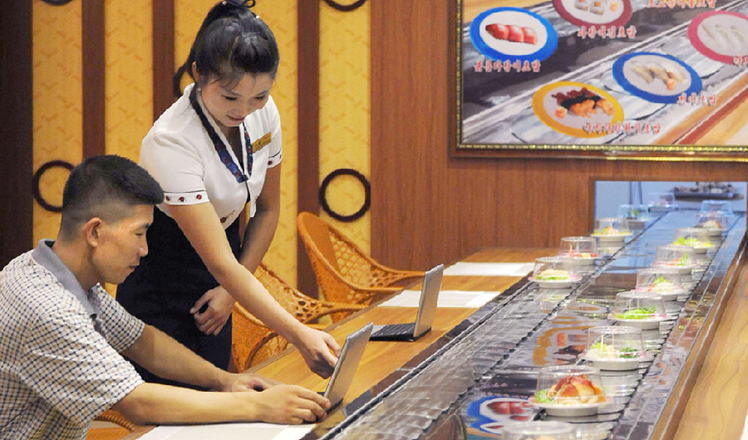US, China urged to collaborate on new energy
Updated: 2016-09-22 12:42
By Lia Zhu in San Francisco(China Daily USA)
|
||||||||
The United States and China,the world's two largest greenhouse gas emitters, have the economic might to develop new energy technologies,said Steven Chu, former US secretary of energy.

Chu spoke at the USChina New Energy Economy Forum on Wednesday in San Francisco,which attracted scoresof experts and entrepreneurs in the energy sector from both countries.
He told the forum that three quarters of the greenhouse gas emissions occurred in the last 65 years and that the world is facing serious climate issues - the global temperature has increased, and glaciers are melting.
A6 - to 9-meter rise in sea levels will likely create 500 to 700 million worldwide climate refugees, and tens of millions of people would be displaced in the Shanghai area alone, said Chu, a professor of physics and of molecular and cellular physiology at the Stanford University Medical School.
In Beijing and other cities in China, air pollution has reached dangerous levels that could lead to an increase in lung cancers, he said.
The solution is to transition from traditional fossil fuel energy to renewable energy, primarily wind, water and solar, Chu said.
Ahead of the G20 Summit in Hangzhou earlier this month,China and the US formally committed to joining last year's Paris Agreement on climate change.
China pledged to peak carbon emissions by 2030, while the US pledged to cut emissions by 28 percent by 2025 compared with the level in 2005.
"In the last three years, China appears more committed to the major climate agreements with the US," said Hillard Huntington,executive director of Stanford's Energy Modeling Forum. "China is shifting towards a low-carbon economic future at the central,provincial and local levels of government."
But "one size may not fit all",said Huntington. "Provinces and industries may need to have different targets."
He said regional interests could complicate any universal agreement to limit emissions, as uniform reductions across regions will increase China's costs because high-cost areas will be asked to match the efforts of low-cost regions.
"If targets are greater in some areas but minimal in others, 'leakage'may emerge," he explained.
liazhu@chinadailyusa.com
- US fighter jet crashes off coast of Okinawa, Japan: DM
- State of emergency declared in US city Charlotte amid violent protests
- Clinton to highlight foreign policy experience to woo voters
- UN chief calls for support for political solution to Syrian conflict
- Brazil to begin Zika vaccine trials in humans
- Greek govt vows to improve refugee situation on island after fire

 8 things you may not know about Autumn Equinox
8 things you may not know about Autumn Equinox
 Italian sets new record with Ferrari on 'miracle road'
Italian sets new record with Ferrari on 'miracle road'
 Students compete for flight attendant jobs in Sichuan
Students compete for flight attendant jobs in Sichuan
 1st Sushi restaurant opens in DPRK
1st Sushi restaurant opens in DPRK
 Top 14 Chinese women in Fortune's ranking
Top 14 Chinese women in Fortune's ranking
 Hangzhou airport offers beds to tired travelers
Hangzhou airport offers beds to tired travelers
 Protesters march against EU trade deals with US
Protesters march against EU trade deals with US
 In photos: Chinese harvest in full swing
In photos: Chinese harvest in full swing
Most Viewed
Editor's Picks

|

|

|

|

|

|
Today's Top News
Trump outlines anti-terror plan, proposing extreme vetting for immigrants
Phelps puts spotlight on cupping
US launches airstrikes against IS targets in Libya's Sirte
Ministry slams US-Korean THAAD deployment
Two police officers shot at protest in Dallas
Abe's blame game reveals his policies failing to get results
Ending wildlife trafficking must be policy priority in Asia
Effects of supply-side reform take time to be seen
US Weekly

|

|








